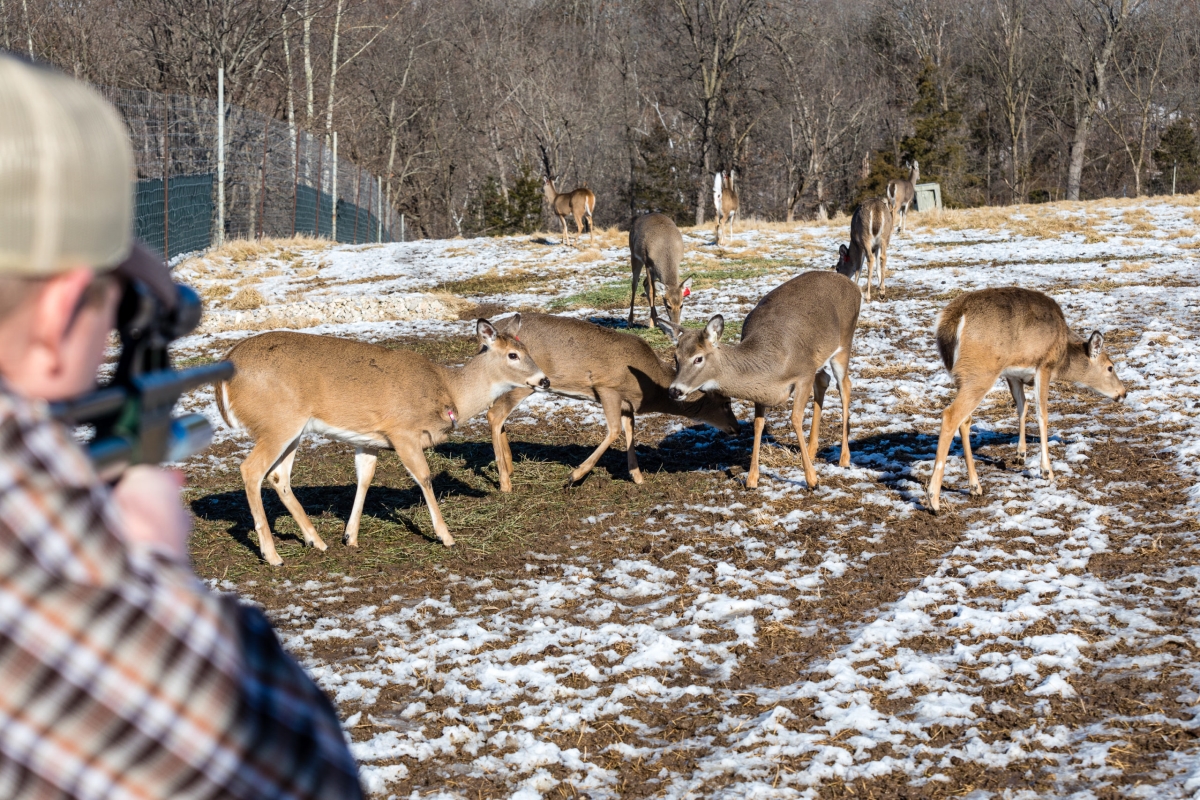Administering injections to livestock using dart guns is an efficient and effective method, especially in large operations where handling animals individually can be stressful and time-consuming. However, proper dart gun safety measures must be taken to ensure both human and animal welfare. Here are some essential safety tips and best practices for using dart guns around livestock.
How to Reduce Stress on Animals When Administering Injections
Minimizing stress in livestock during darting not only improves animal welfare but also enhances the effectiveness of the treatment. Here’s how to keep animals calm and ensure a smooth process:
- Choose the Right Timing: Avoid darting during extreme weather conditions or when animals are already agitated. Early morning or late evening when temperatures are lower can be ideal.
- Maintain a Calm Environment: Keep noise levels low and reduce sudden movements to prevent animals from becoming skittish.
- Use a Gradual Approach: Allow animals to move naturally within their environment instead of chasing them. Dart from a distance that does not alarm the animal.
- Select the Correct Dart and Dosage: Ensuring the right dart size and medication dosage will minimize discomfort and prevent unnecessary side effects.
- Observe After Darting: Watch for signs of distress or adverse reactions after the injection, ensuring the animal returns to normal behavior.
Best Environments and Conditions for Using Dart Injections
The location and setting play a crucial role in the success of dart administration. Consider these environmental factors for optimal results:
- Open but Controlled Spaces: Darting in large pastures or controlled pens allows animals to move freely while avoiding confined areas that may increase panic.
- Safe Shooting Distance: Position yourself at a proper distance based on the type of dart gun being used, ensuring accurate placement of the injection.
- Avoid Crowded Areas: Never attempt to dart in areas where animals are clustered together, as this increases the risk of hitting the wrong target or causing herd panic.
- Monitor Weather Conditions: High winds can alter the trajectory of the dart, while rain and extreme cold may affect the effectiveness of certain medications.
- Use Appropriate Restraints if Necessary: In some cases, mild restraint, such as guiding animals into a separate paddock, may help ensure a precise injection.
How to Handle and Dispose of Used Darts Safely
Proper disposal of used darts is critical to prevent injuries and environmental contamination. Follow these safety guidelines:
- Use Protective Gear: Wear gloves when handling used darts to avoid accidental exposure to medication.
- Safely Remove the Dart: Once the animal has been injected, carefully retrieve the dart without causing further discomfort.
- Place in a Sharps Container: Dispose of used darts in an approved biohazard or sharps container to prevent injuries and contamination.
- Follow Local Disposal Regulations: Check with local agricultural or veterinary authorities for proper disposal methods to comply with safety and environmental guidelines.
- Keep Records: Maintain logs of administered injections, including date, medication used, and any observed reactions.
By following these safety tips, livestock owners can ensure that dart gun administration remains a practical, humane, and effective method for delivering necessary treatments. Proper planning, technique, and disposal practices contribute to the health and well-being of both animals and handlers.

